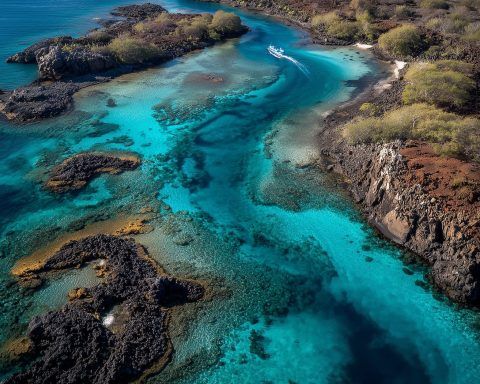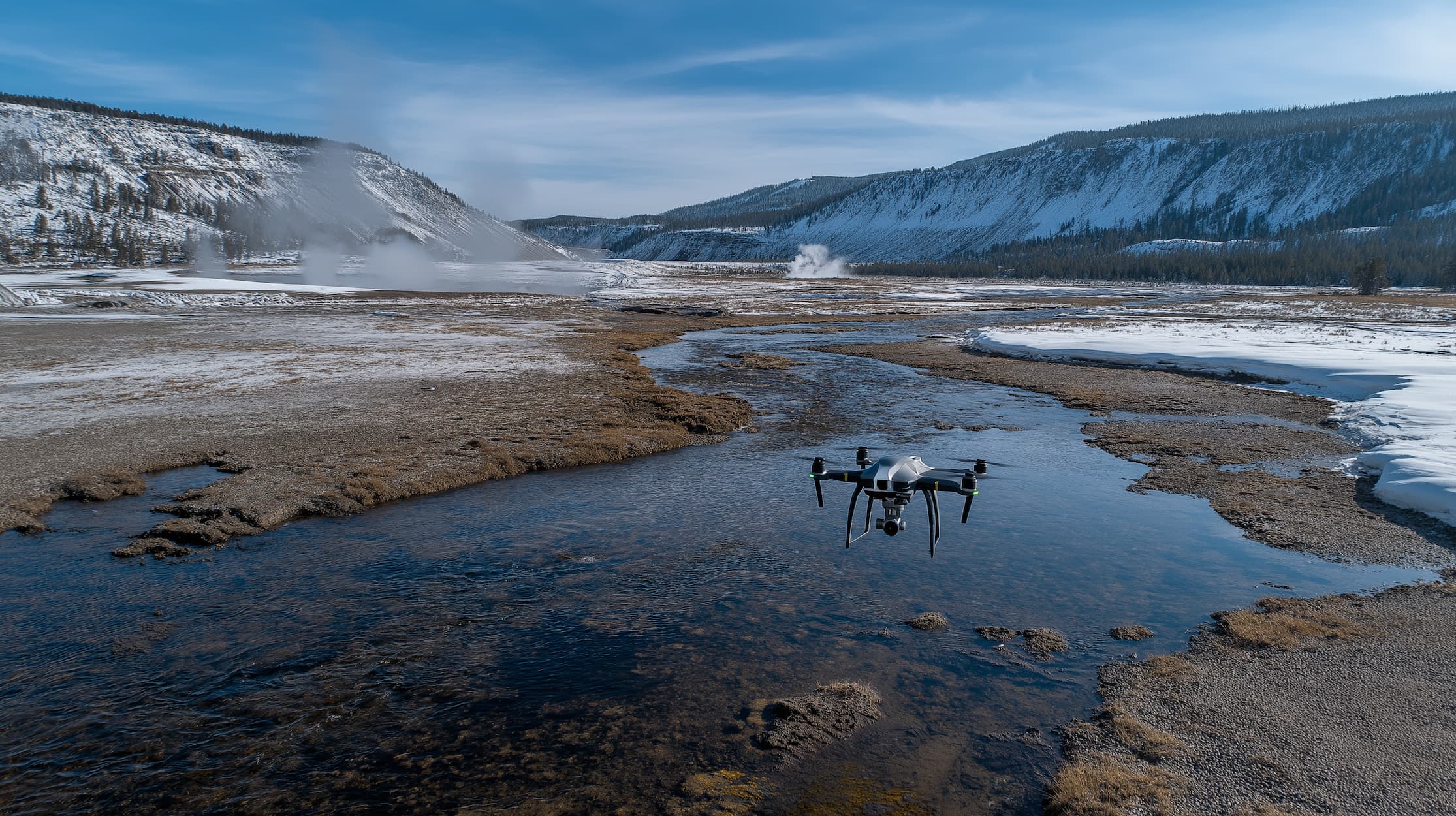
Space Races, Chip Wars & Cyber Shocks: Global Tech Roundup (Sept 15–16, 2025)
Key Facts Consumer Electronics: Big Bets and New Launches Meta’s $800 Smart Glasses: Meta Platforms is doubling down on augmented reality hardware. At its upcoming Connect event, CEO Mark Zuckerberg will debut Meta’s first consumer smart glasses with an integrated










